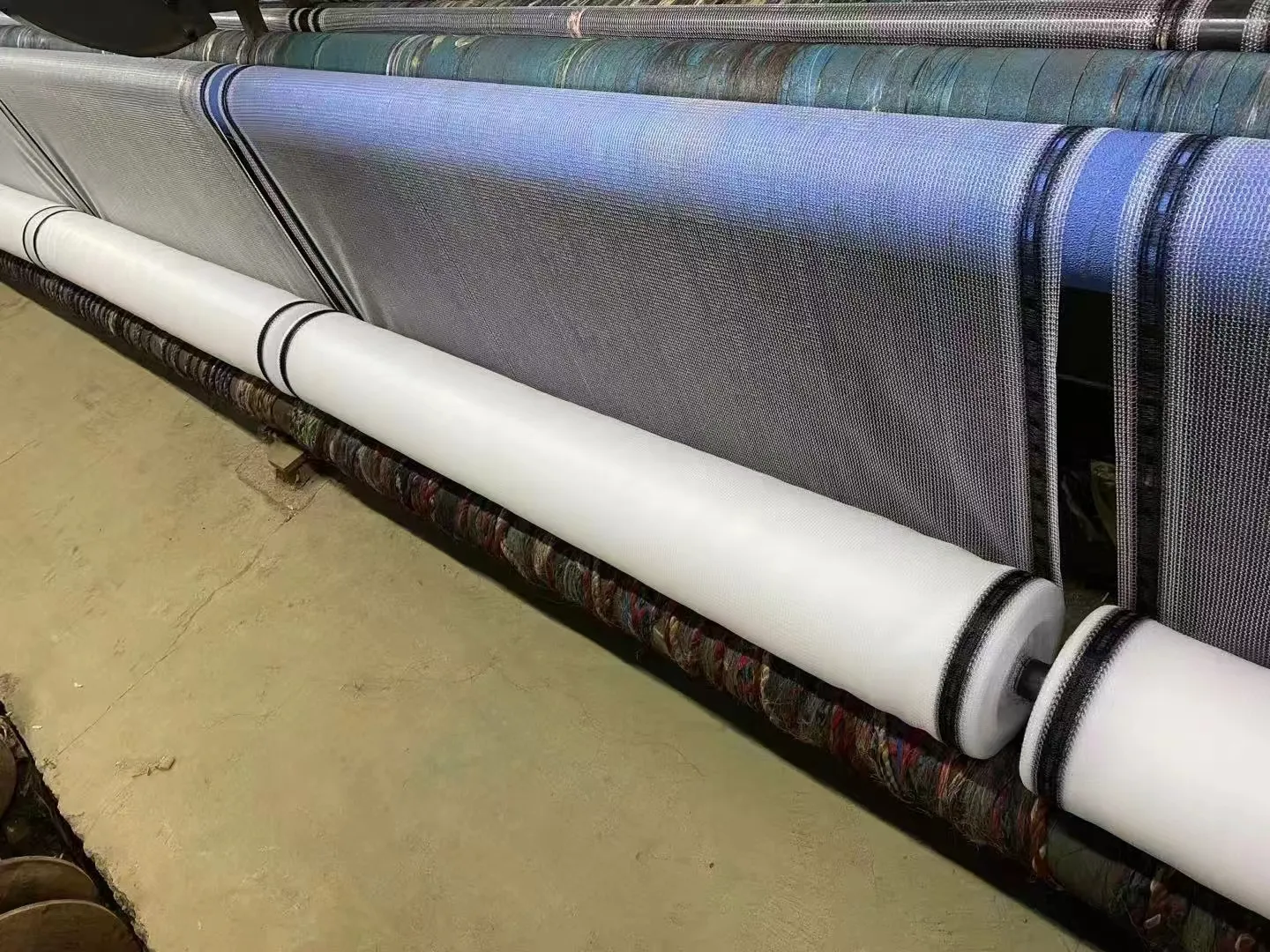-
 Afrikaans
Afrikaans -
 Albanian
Albanian -
 Amharic
Amharic -
 Arabic
Arabic -
 Armenian
Armenian -
 Azerbaijani
Azerbaijani -
 Basque
Basque -
 Belarusian
Belarusian -
 Bengali
Bengali -
 Bosnian
Bosnian -
 Bulgarian
Bulgarian -
 Catalan
Catalan -
 Cebuano
Cebuano -
 China
China -
 Corsican
Corsican -
 Croatian
Croatian -
 Czech
Czech -
 Danish
Danish -
 Dutch
Dutch -
 English
English -
 Esperanto
Esperanto -
 Estonian
Estonian -
 Finnish
Finnish -
 French
French -
 Frisian
Frisian -
 Galician
Galician -
 Georgian
Georgian -
 German
German -
 Greek
Greek -
 Gujarati
Gujarati -
 Haitian Creole
Haitian Creole -
 hausa
hausa -
 hawaiian
hawaiian -
 Hebrew
Hebrew -
 Hindi
Hindi -
 Miao
Miao -
 Hungarian
Hungarian -
 Icelandic
Icelandic -
 igbo
igbo -
 Indonesian
Indonesian -
 irish
irish -
 Italian
Italian -
 Japanese
Japanese -
 Javanese
Javanese -
 Kannada
Kannada -
 kazakh
kazakh -
 Khmer
Khmer -
 Rwandese
Rwandese -
 Korean
Korean -
 Kurdish
Kurdish -
 Kyrgyz
Kyrgyz -
 Lao
Lao -
 Latin
Latin -
 Latvian
Latvian -
 Lithuanian
Lithuanian -
 Luxembourgish
Luxembourgish -
 Macedonian
Macedonian -
 Malgashi
Malgashi -
 Malay
Malay -
 Malayalam
Malayalam -
 Maltese
Maltese -
 Maori
Maori -
 Marathi
Marathi -
 Mongolian
Mongolian -
 Myanmar
Myanmar -
 Nepali
Nepali -
 Norwegian
Norwegian -
 Norwegian
Norwegian -
 Occitan
Occitan -
 Pashto
Pashto -
 Persian
Persian -
 Polish
Polish -
 Portuguese
Portuguese -
 Punjabi
Punjabi -
 Romanian
Romanian -
 Russian
Russian -
 Samoan
Samoan -
 Scottish Gaelic
Scottish Gaelic -
 Serbian
Serbian -
 Sesotho
Sesotho -
 Shona
Shona -
 Sindhi
Sindhi -
 Sinhala
Sinhala -
 Slovak
Slovak -
 Slovenian
Slovenian -
 Somali
Somali -
 Spanish
Spanish -
 Sundanese
Sundanese -
 Swahili
Swahili -
 Swedish
Swedish -
 Tagalog
Tagalog -
 Tajik
Tajik -
 Tamil
Tamil -
 Tatar
Tatar -
 Telugu
Telugu -
 Thai
Thai -
 Turkish
Turkish -
 Turkmen
Turkmen -
 Ukrainian
Ukrainian -
 Urdu
Urdu -
 Uighur
Uighur -
 Uzbek
Uzbek -
 Vietnamese
Vietnamese -
 Welsh
Welsh -
 Bantu
Bantu -
 Yiddish
Yiddish -
 Yoruba
Yoruba -
 Zulu
Zulu
outdoor safety netting
The Importance of Outdoor Safety Netting
As outdoor activities and construction projects continue to thrive, safety remains a paramount concern. One crucial yet often overlooked aspect of ensuring safety in various settings is the use of outdoor safety netting. This versatile tool serves a multitude of purposes, protecting both individuals and property from accidents and injuries.
Outdoor safety netting is commonly used in construction sites, sports fields, and recreational areas. At construction sites, safety netting is particularly vital as it serves to catch falling debris, tools, and other materials that pose a risk to workers and passersby. By installing safety nets around the perimeter of a construction area, property owners can significantly reduce the chances of serious injuries resulting from falling objects. This proactive measure demonstrates not only a commitment to worker safety but also to the safety of the general public.
In sports and recreational settings, safety netting plays an equally important role. Sports facilities, such as baseball diamonds, soccer fields, and golf courses, utilize safety nets to protect spectators from errant balls or equipment. These nets ensure that fans can enjoy the game without the constant worry of being struck by a flying object. Additionally, in parks and playgrounds, safety netting can provide a safeguard for children engaged in outdoor play, where the risk of accidental falls and injuries is prevalent.
outdoor safety netting

Aside from construction and sports applications, safety netting can also serve in wildlife management and agricultural practices. For instance, farmers often employ safety nets to protect crops from birds and other animals that may damage the produce. These nets effectively create a barrier, allowing crops to flourish while minimizing interactions with wildlife. Similarly, in wildlife rehabilitation centers, safety netting can be used to contain animals during recovery processes, ensuring both the safety of the animals and the staff.
When selecting outdoor safety netting, several factors need to be considered. The material used in the netting is crucial; it should be strong and durable enough to withstand environmental conditions such as wind, rain, and sun exposure. Common materials include polyethylene and nylon, which provide both strength and flexibility. Additionally, it is essential to assess the mesh size of the netting to ensure it is appropriate for the intended purpose — smaller mesh sizes are ideal for catching smaller objects, while larger sizes may suffice for larger debris.
Furthermore, safety netting should be installed by professionals who understand best practices to ensure maximum effectiveness. Proper installation includes securing the netting firmly to withstand wind loads and ensuring it is free of any holes that could compromise its integrity. Regular inspection and maintenance of the netting are also necessary to identify any signs of wear and tear promptly.
In conclusion, outdoor safety netting is an indispensable tool that enhances safety across various applications, from construction sites to sports venues and agricultural fields. By mitigating risks and protecting people and property, safety netting contributes to a safer environment for all. As awareness of safety continues to grow, investing in high-quality safety netting should be a priority for anyone involved in outdoor activities or related industries. Embracing this essential safety measure not only fosters a culture of safety but also promotes peace of mind for individuals and communities alike.
-
Why Nylon Mesh Netting is Revolutionizing Industrial and Commercial ApplicationsNewsJun.13,2025
-
Reinventing Reliability with Construction Wire MeshNewsJun.13,2025
-
Protect Your Crops with High-Performance Agricultural Netting SolutionsNewsJun.13,2025
-
Premium Breeding Net Solutions for Modern AquariumsNewsJun.13,2025
-
Precision Filtration Solutions for Industrial and Commercial NeedsNewsJun.13,2025
-
Advanced Industrial Mesh Solutions for Every ApplicationNewsJun.13,2025











